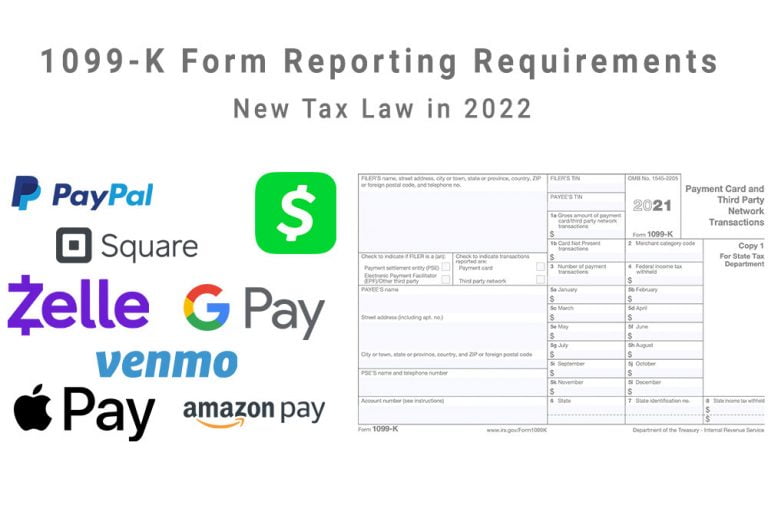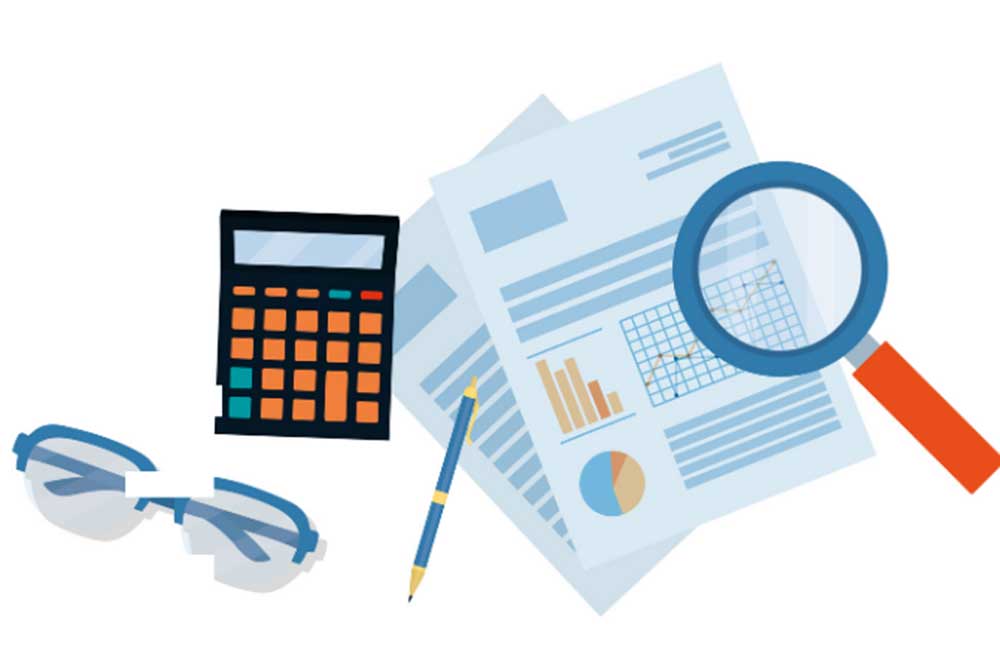The American Rescue Plan Act of 2021 significantly changes the reporting threshold associated with Form 1099-K. This change will substantially increase the number of Forms 1099-K required to be filed with the IRS and furnished to recipients by third-party settlement organizations (TPSOs) and their electronic payment facilitators (EPFs).
Modified Reporting Threshold
Prior to the update, the IRS required the payment settlement entity (PSE) to report all payment transactions if the total of such transactions exceeded $20,000 and the aggregate number of such transactions exceeds 200 per customer. Now, this new update means that all payment settlement entities are required to file a 1099-K and send a copy of the form to the IRS and to the customer for processing transactions amounting to $600 or more in a calendar year with no minimum transaction requirement.
Who is Required to File a 1099-K form?
Every PSE or other party which submits instructions to transfer funds to the account of a participating payee, in settlement of reportable payment transactions, must file an information return (Form 1099-K) with respect to each participating payee for that calendar year.
Witch Apps Reports 1099-K form?
Examples of some payment’s apps reporting 1099-K transactions are as follows:
- Paypal
- Square
- Google Checkout
- Venmo
- Cash App
- Zelle
- Apple Pay
- Other Payment Apps
Also Read: Get ready for your W2 & 1099 forms reporting requirement
What Type of Transactions are Included on Form 1099-K?
- Payments received for the Sale of Assets
- Payments received for the Sale of Goods
- Payments received for the Sale of Services
What Type of Transactions Should not be Included?
- Money received as a reimbursement
- Money received from a roommate to pay their share of the rent
- Charitable Contributions
- Personal Gifts
Please note that payments received from selling a personal item at a loss, you are not required to report the amount on your tax return. For example, if you purchased an item for $300 and sold it for $100, the amount received is not taxable.
Also Read: Small Business Owners Home Office Deduction
When does it Become Effective?
The new rule is effective beginning with payment transactions settled on January 1, 2022.
States That Have Adopted The 1099-K Threshold Rule
Several states have already closed this reporting on the state level:
- Maryland, Massachusetts, Mississippi, Vermont, and Virginia currently require a 1099-K to be filed with the state tax agency if a TPSO pays a state resident $600 or more during the year.
- Illinois and New Jersey have a $1,000 1099-K threshold (plus, for Illinois, a requirement of at least four transactions).
- Arkansas has a $2,500 threshold.
- Missouri has a $1,200 threshold.
Reporting Income from Form 1099-R on Corporate Tax Returns, Forms 1065, 1120, and 1120S
If you have a partnership, corporation or an S corporation, you’ll report your 1099-K income on line 1a of your form. Find your gross 1099-K income and list it on the correct line. If you received more than one 1099 form, make sure the total you list on line 1a reflects all of them. The amount you report on your taxes should always meet or exceed the total amount of your 1099s because you need to report all your income, including earnings received by cash or check.
Reporting Income from Form 1099-R on your Individual Return, Form 1040 if you are self-employed
If you’re self-employed or an independent contractor, you’ll report your 1099-K income on Schedule C of form 1040. To report your 1099-K income on this form, simply enter your gross 1099-K income on line 1 of Schedule C. If you received more than one 1099 form, you need to add them together and report the total amount of money you made. All your business earnings will be reported together, including money your received through cash or check. You’re responsible for keeping track of any business expenses you had and reporting them as deductions on your Schedule C.
Record Keeping
You should maintain records such as bank statements, receipts, invoices, and other financial documents to reflect taxable income. You can consider saving your records either in electronic form or manually. While the apps will report the income to the IRS, they are not keeping receipts, therefore, you will need to keep your own detail receipts of your transactions for tax time.
What you Should Know as a Business Owner
As a business owner, you might receive a 1099-K in your business. It’s important to know why you’re receiving this form and to double-check that the information matches your records. This is the income information that your PSE reports to the IRS, so getting it right is important. It is a good idea to set up a third-party network platform, such as Paypal, Cash App, Zelle, Venmo, etc, separately for your business and personal transactions. This will allow you to easily track business transactions.
How Is a 1099-K Different from a 1099-Misc?
Both forms 1099-K and a 1099-MISC report income you received in a calendar year. Your 1099-MISC form will show how much you received from services, prizes and awards, rents, and other income payments. Your 1099-K form will show how much you received from credit card payments and third-party network transactions.
Important to Know
Associated with the increase in information reporting requirements is the potential for increased penalties. Forms 1099-K are subject to the same information reporting penalties as other information returns, i.e., for 2021 information returns, $280 per failure to file each Form 1099-K and $280 per failure to furnish each payee statement. The maximum information return penalty is $3,426,000 per year, as is the payee statement penalty, for a potential total of $6,852,000. (These amounts are adjusted for inflation each year.) To prepare for 2022 reporting, TPSOs and EPFs may want to evaluate their internal information reporting processes and systems to assess their ability to comply with the new reporting threshold. Failure to comply with the rules could subject TPSOs and EPFs to significant penalties for lack of compliance.
Additional Form 1099-K reporting also means additional backup withholding responsibilities. If a participating payee is subject to backup withholding, TPSOs and EPFs must have processes in place to properly withhold and deposit those funds with the IRS.
While the new law does not create a new tax for either businesses or individuals, you must keep good records of any taxable income received and include in your tax return





